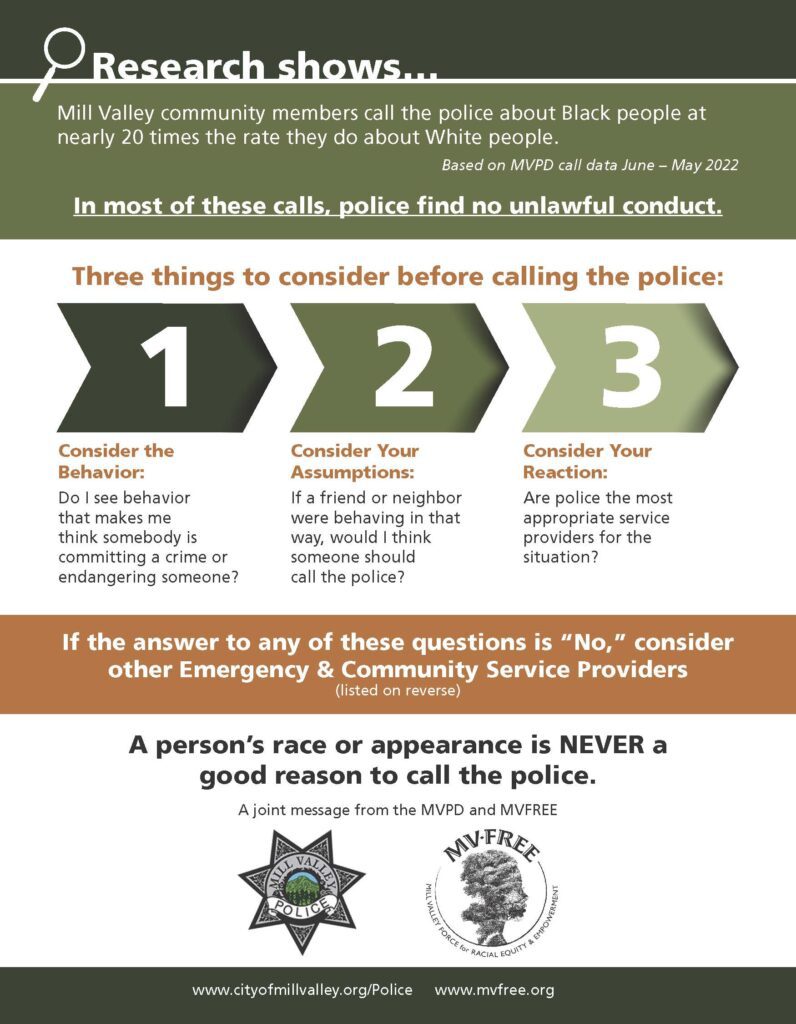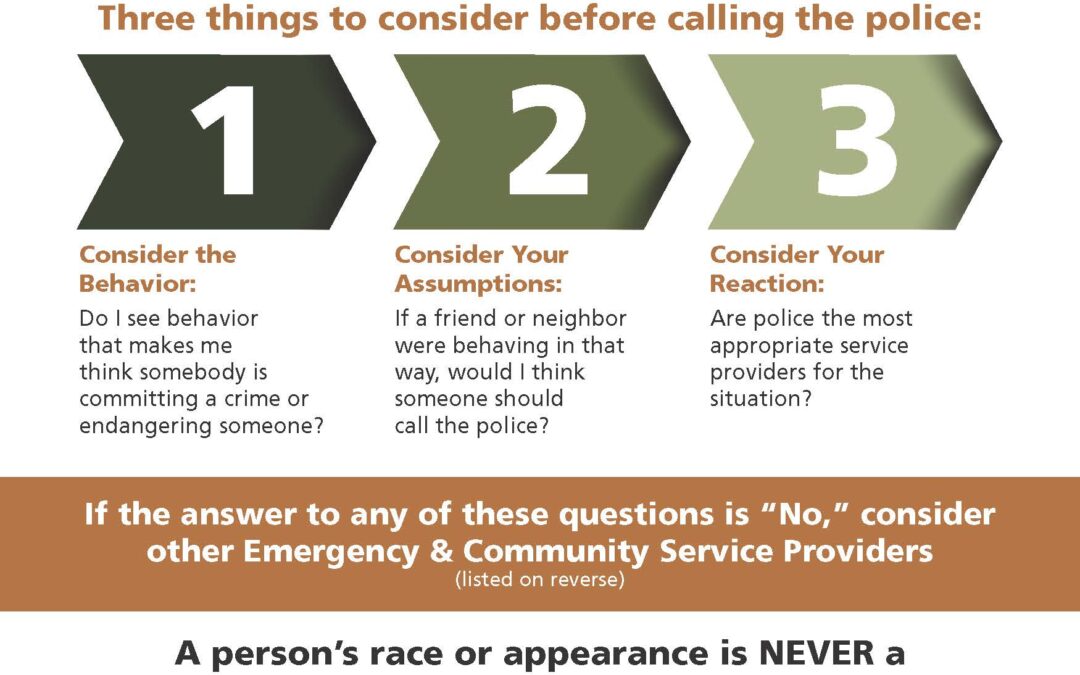
It’s been a while since the Mill Valley City Council decided in 2021 to disband the Diversity, Equity & Inclusion Task Force, which issued its full report and recommendations in the form of a 93-page document that spanned affordable housing, cultural and recreational engagement, economic opportunity, education and more. At the time, then-Mayor John McCauley said, “We’re not declaring victory in any areas at this point. We’re just moving to accept the report in its current in state and and not put anything in concrete and let the process continue.”
As we continue to bear witness to killings at the hands of police that are a horrific and far too common occurrence, namely with the killing of Tyre Nichols, who was pulled over for alleged reckless driving and subsequently faced an onslaught of impossible demands and brutal beatings at the hands of Memphis police officers on Jan. 7, what has that 22-person group been up to on the local front?
In short, A LOT.
As you likely recall, the group transitioned into the Mill Valley Force for Racial Equity and Empowerment (MVFREE), comprised of members of the former DEI Task Force. They joined with the Heart of the Village, a network of Southern Marin moms, educators, advocates, and organizations taking local action to interrupt racism, support community wellness, and help make Marin a place where everyone is safe, thriving and welcome, to host a candlelight vigil for Nichols.
Their greatest work in recent months has been an antibias campaign involving educational flyers being mailed to homeowners containing three steps that teach white people how to curb the over-policing of Black people.
“The flyers allow the city to skip the fractious debates over who is and isn’t a racist that inevitably kill anti-bias progress and focus on just getting people to reconsider their behavior, something not many places like Mill Valley are willing to do,” San Francisco Chronicle reporter Justin Phillips writes this week.
The flyer (at left) makes it quite clear: “Consider the Behavior: Do I see behavior that makes me think somebody is committing a crime or endangering someone?; Consider your Assumptions: If a friend or neighbor were behaving in that way, would I think someone should call the police?; Consider your Response: Are police the most appropriate service providers for the situation?”
MVFree member Celimene Pastor told Phillips that the wording is specifically crafted to be less accusatory and more educational. “The main thing is we didn’t want people feeling they were being attacked because this can be a sensitive conversation,” Pastor told Phillips.
MVFree kept tough conversations about racism in Mill Valley going through 2022, including at a contentious October City Council meeting in which city leaders and community members unpacked the glaring disparities in who Mill Valley police stop most often, based on Racial and Identity Profiling Act data.
Those meetings saw MVMD make progress on a number of initiatives, including adopting RIPA model policies for bias-free policing, aligning MVPD training with RIPA best practices, adopting best practices to prevent bias-by-proxy, aligning the MVMD’s policy manual with procedural justice best practice, aligning MVPD use of force policies and practices with 21st century policing and collecting and publicizing comprehensive data on MVPD’s website.

